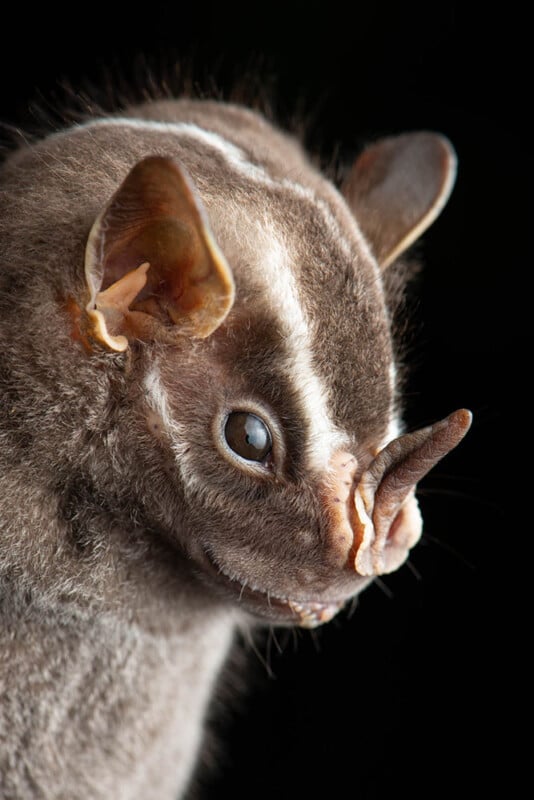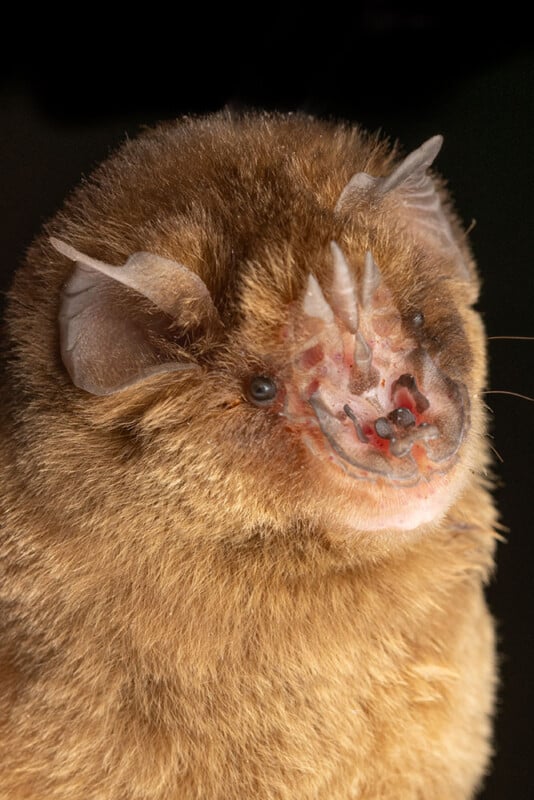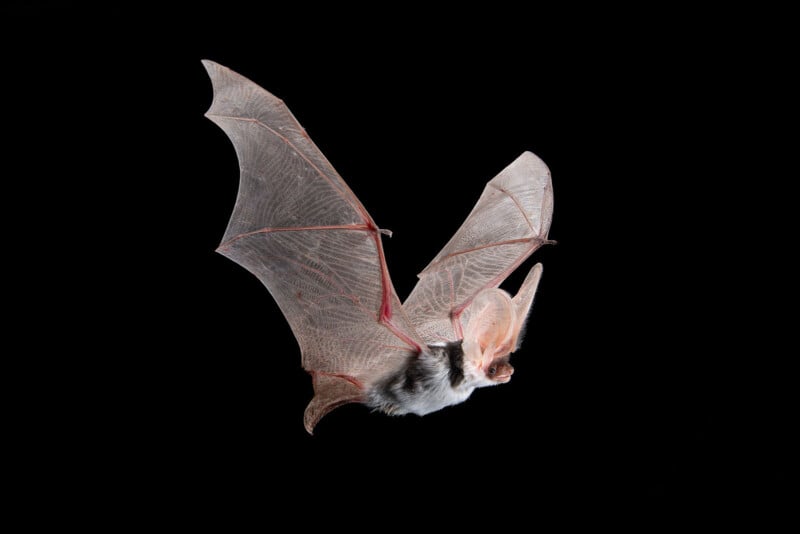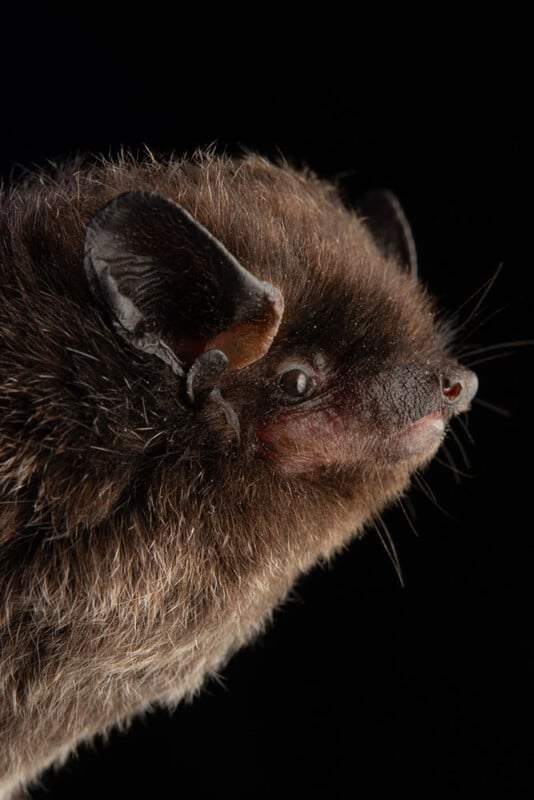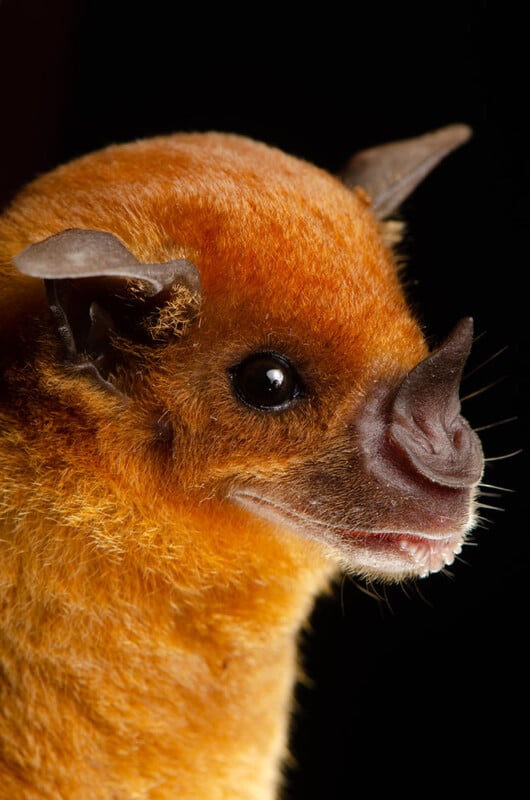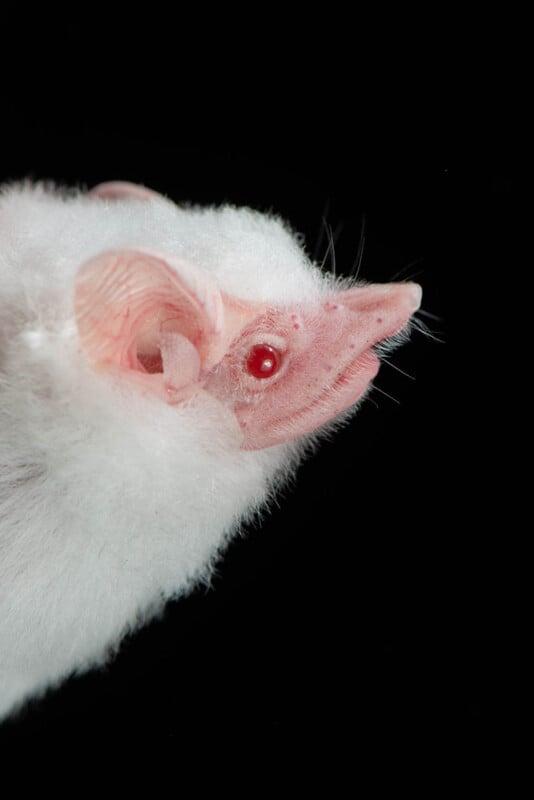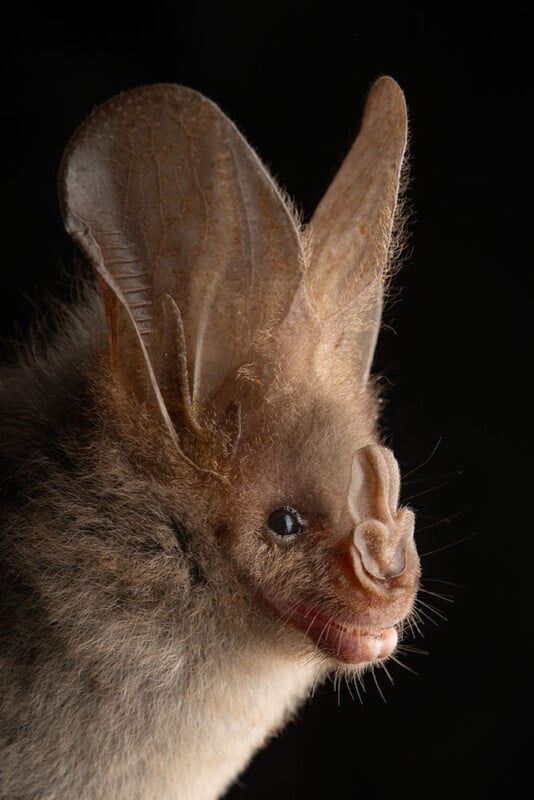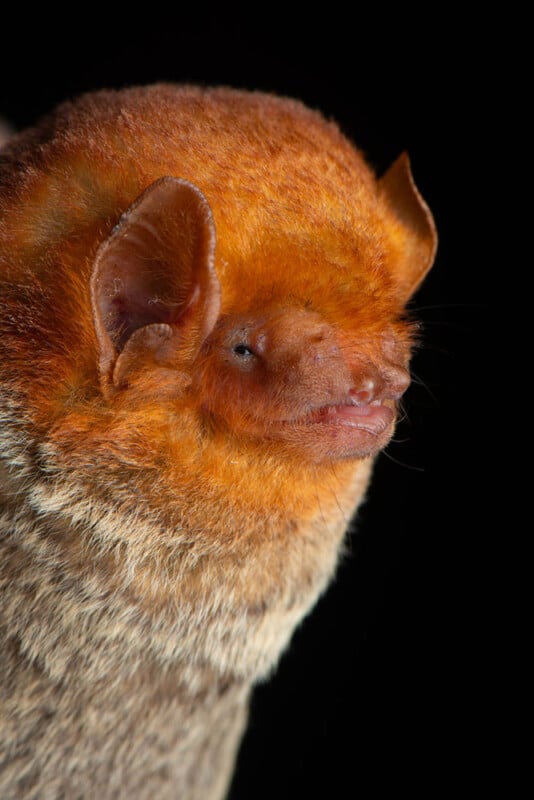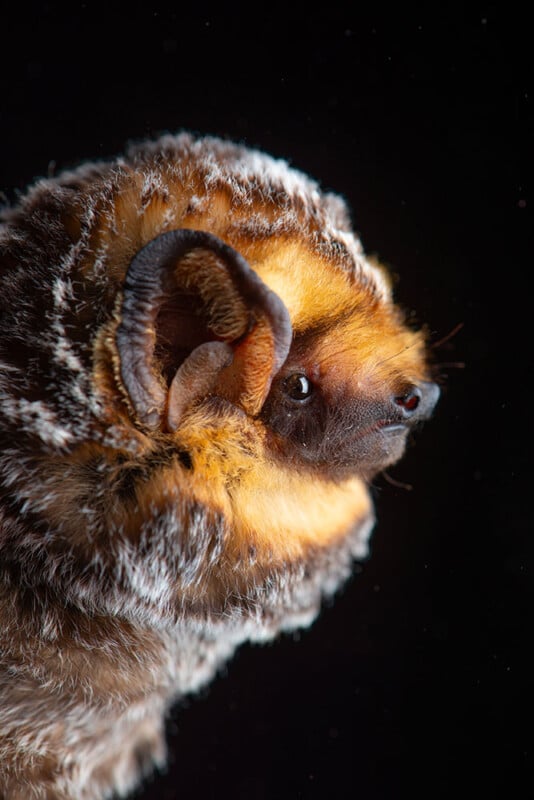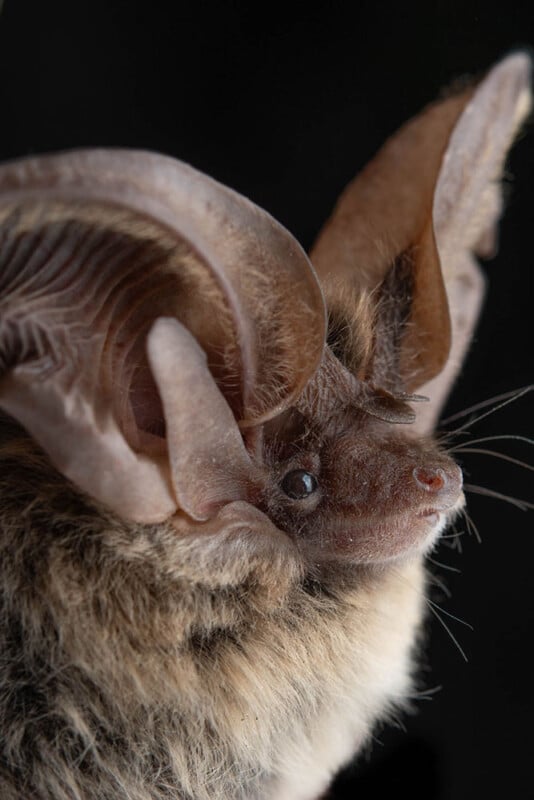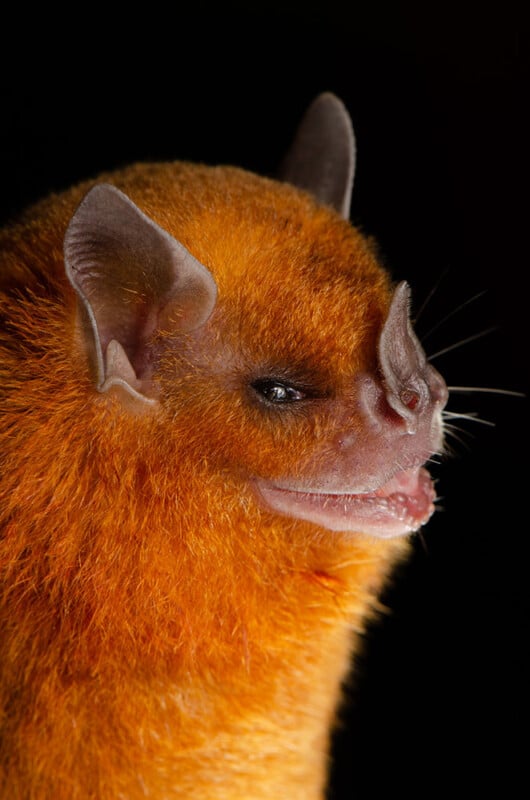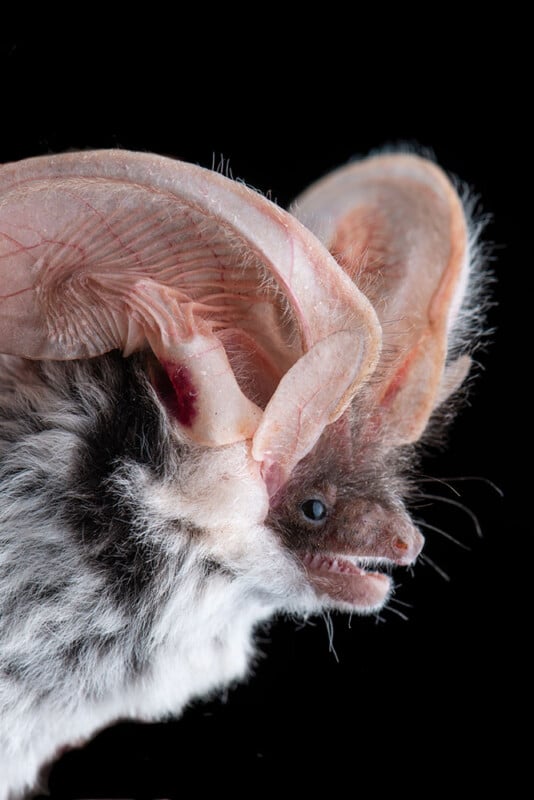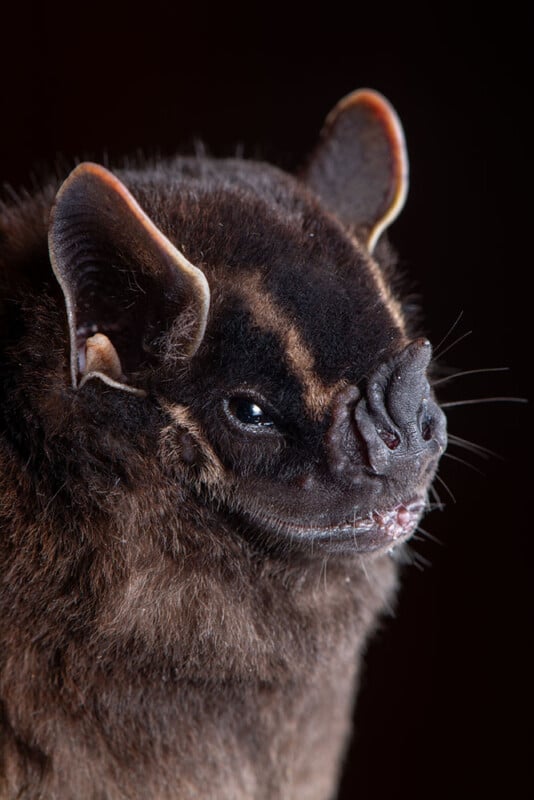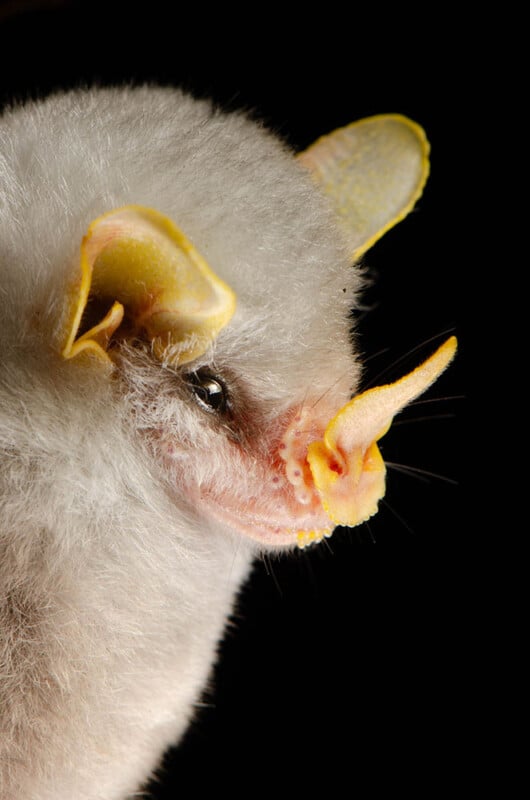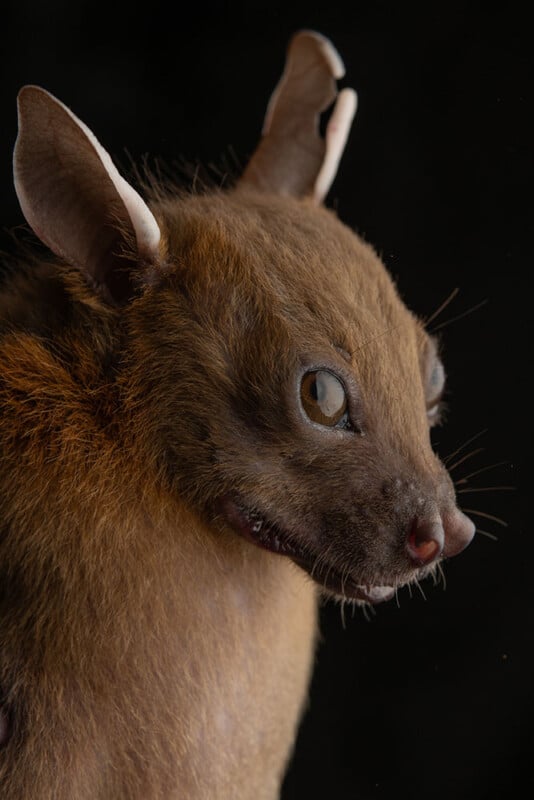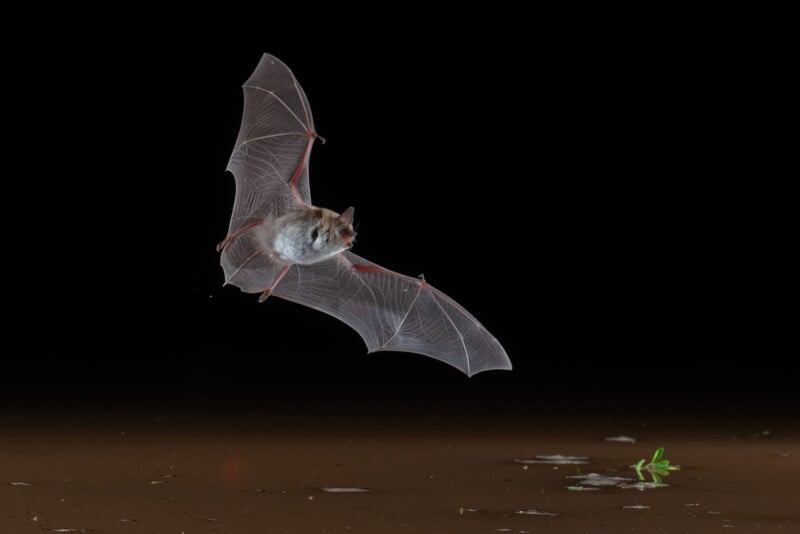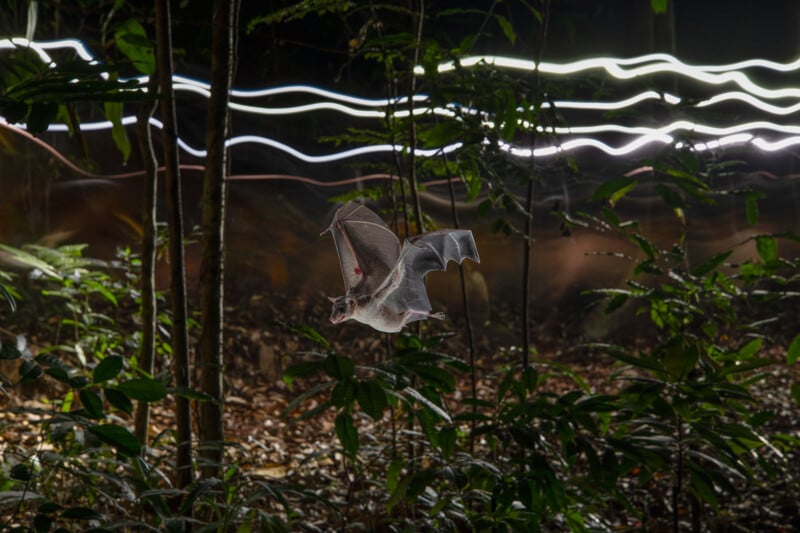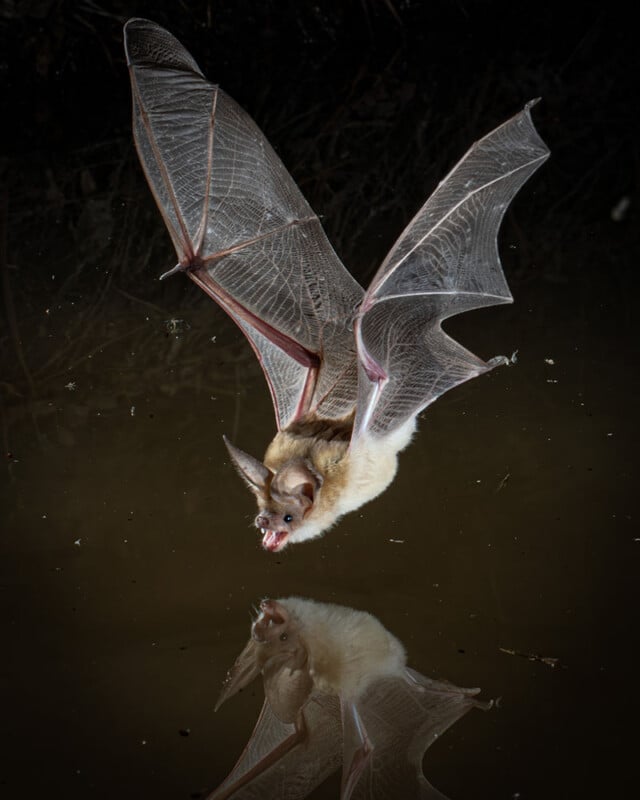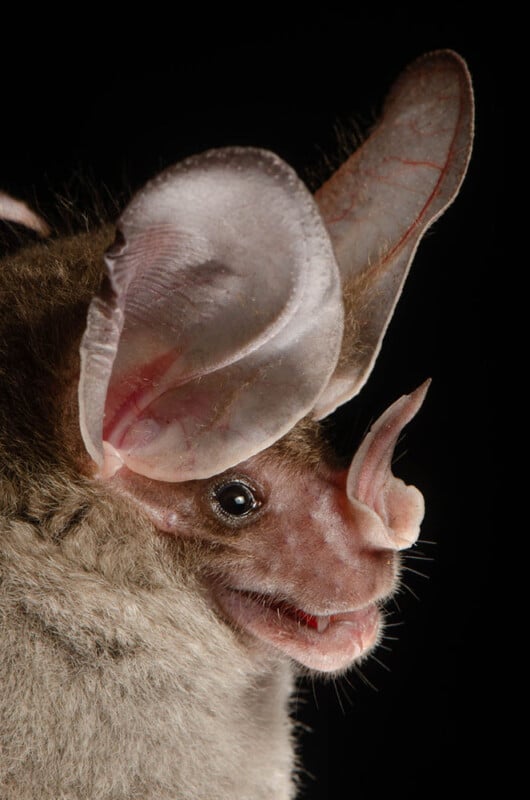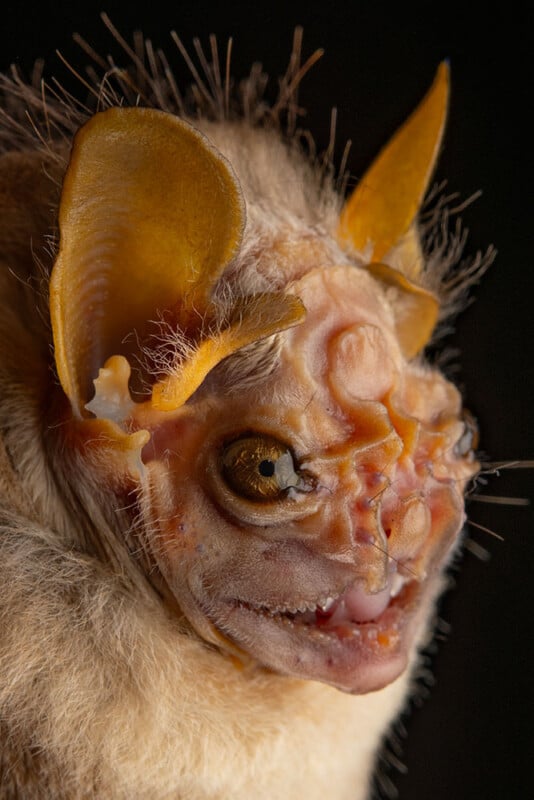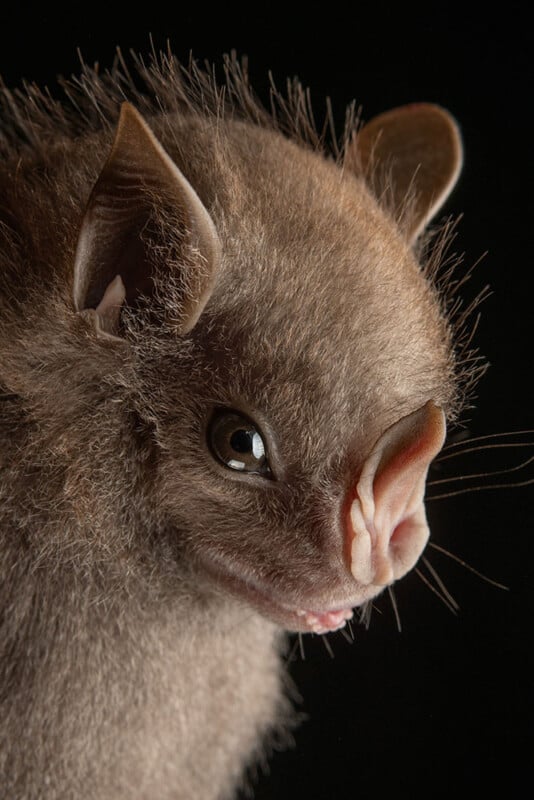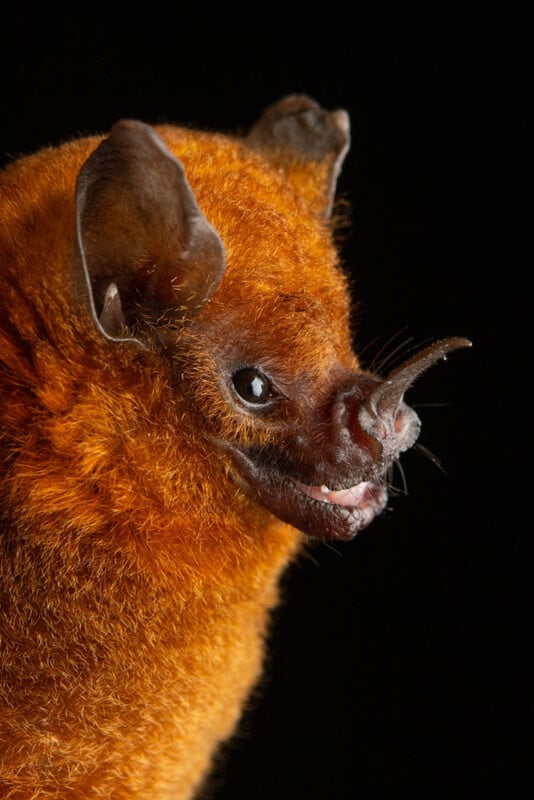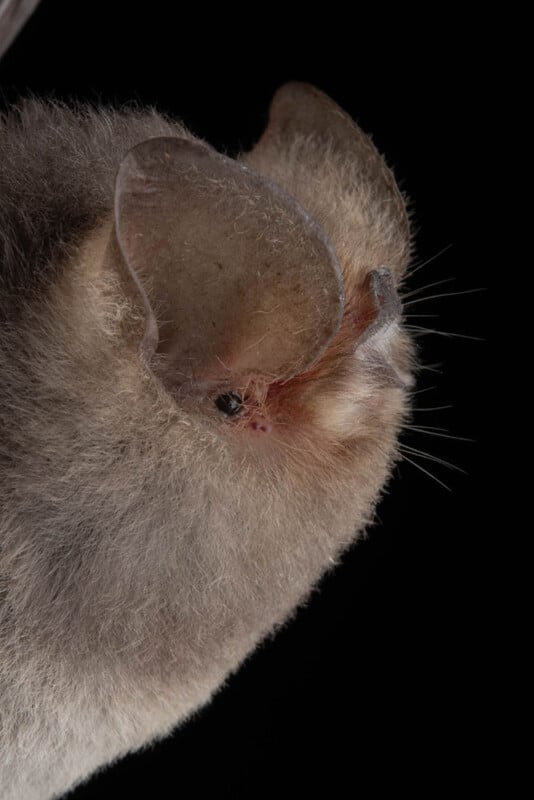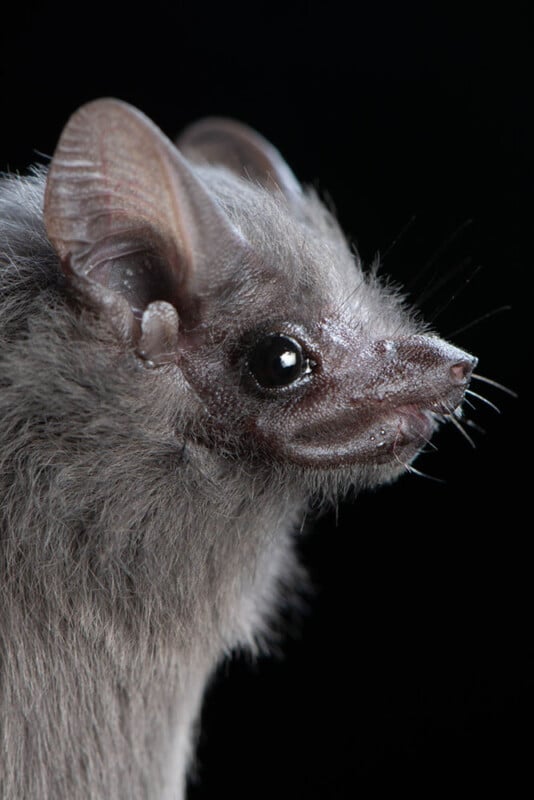A photographer whose biology work brings him up close and personal with bats captures incredible portraits of the often-misunderstood creatures.
José Gabriel Martínez-Fonseca tells PetaPixel that bats are a fascinating and diverse group of animals and notices personality differences in each individual during his encounters with them.
“In many places around the world, bats are presented in negative ways and people often fear them completely unnecessarily,” says Martínez-Fonseca.
“Many are threatened by misconceptions, habitat loss, and invasive species. Given how important they are to our ecosystems: pollinating crops, controlling insects, dispersing seeds, and allowing forest regeneration — just to name a few — we need to help change that.”
Martínez-Fonseca began photographing bats while growing up in Nicaragua, a country with an unusually high number of bat species. He currently lives in Arizona, conducting postdoctoral research on biodiversity.
“The bats I work with are wild and I only handle them briefly while I collect data,” Martínez-Fonseca explains. “It’s important to note that whenever I am handling bats, it is usually for scientific research, and I have permits to do so. I then take photographs before I release them back into the wild.”
How Does He Take the Photos?
While Martínez-Fonseca’s photos look like a professional shoot done in a studio, he is very much on location — holding the bat with his left hand while his right hand holds the camera. His setup is a couple of camera flashes with diffusers, a Nikon D500 or D850 with a 60mm macro lens.
“I use light stands for the flashes that I can adjust to my most comfortable position. Believe me, this is important when you process over a hundred bats a night,” he says.
The photographer also uses a red light “to minimize stress on the bats,” which leads him to use DSLRs instead of mirrorless because the older-style cameras “focus more reliably on red light.”
But as well as bat portraits, Martínez-Fonseca also captures action shots which require more skill, more patience, and more equipment. He will use two to four flash units connected to an infrared trigger.
“If you have done high-speed photography, you know how this works. One or multiple cameras do long exposures over and over, waiting for the bat to cross the beam and fire the flashes in the otherwise complete darkness,” he explains. “Here, the more cameras the merrier because you can have multiple angles of the same bat at the same time.”
The more cameras — and lenses — he has, the more chance of earning a keeper since sometimes the bat’s wing is covering its face or is flying in the wrong direction. “High megapixel DSLRs like the Nikon D800 are great because you often need to crop the photos quite a bit, and these cameras can be found for relatively cheap nowadays,” he adds.
While gear is great, Martínez-Fonseca’s real skill lies in his knowledge of the bat species he’s photographing: where they roost, where they come to drink, and what time of year they are active.
“For example, bats use ‘flyways’ to commute between their rest and feeding sites. These flyways can be recognized, and we use them to sample bats for our study, but they also can be used to set up the photography equipment,” he says.
“Of course, nothing is 100% predictable with wild animals, but you can increase your success rate if you recognize these patterns. This unpredictability makes photographing bats in the wild equally exciting.”
Bats inhabit every continent except Antarctica. Martínez-Fonseca has photographed 256 bat species, a fraction of the 1,500 known bat species — new ones are being found all the time.
“There are probably 100 species I would like to see in Africa, Southeast Asia, and South America, too many to name them here,” he says. “Photographing all bat species of the world is a moving target, and I will likely never be able to come close to doing so. But I would like to photograph at least one bat species from each family, of which there are currently 21. I am missing five; some are very difficult because the species are endangered or only occur in very restricted geographic areas.”
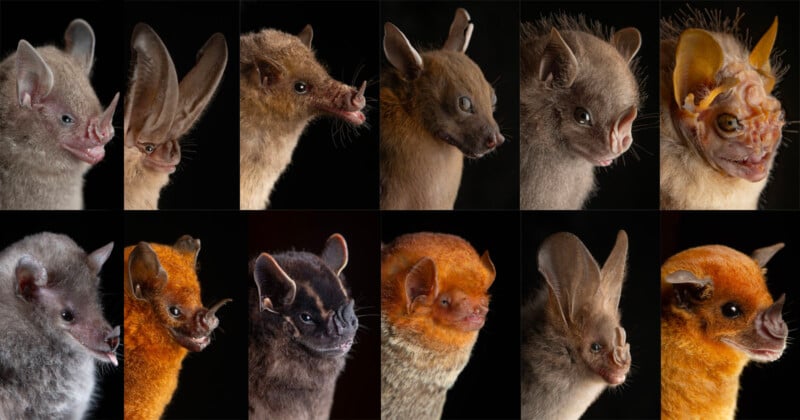 Nevertheless, Martínez-Fonseca’s collection of bat photographs is impressive.
Nevertheless, Martínez-Fonseca’s collection of bat photographs is impressive.
All of Martínez-Fonseca’s proceeds from his photography work go into funding small research projects in Nicaragua. If you would like to support his efforts, then go to his website and buy a print or download a photo. More of his work can be found on Instagram.
Image credits: Photographs by José Gabriel Martínez-Fonseca



